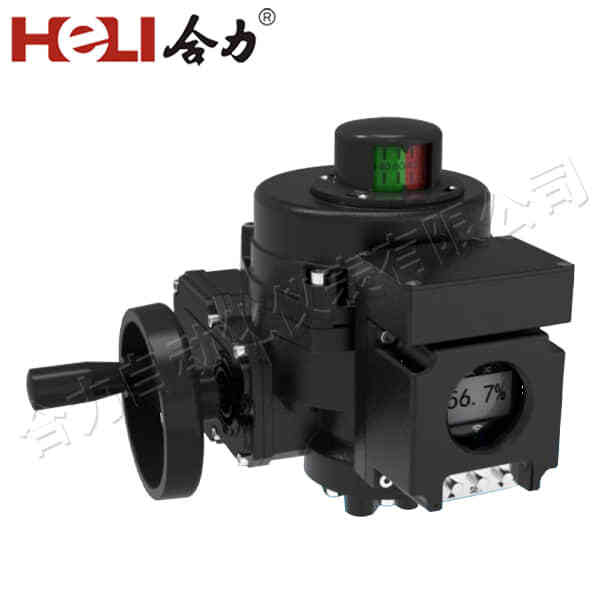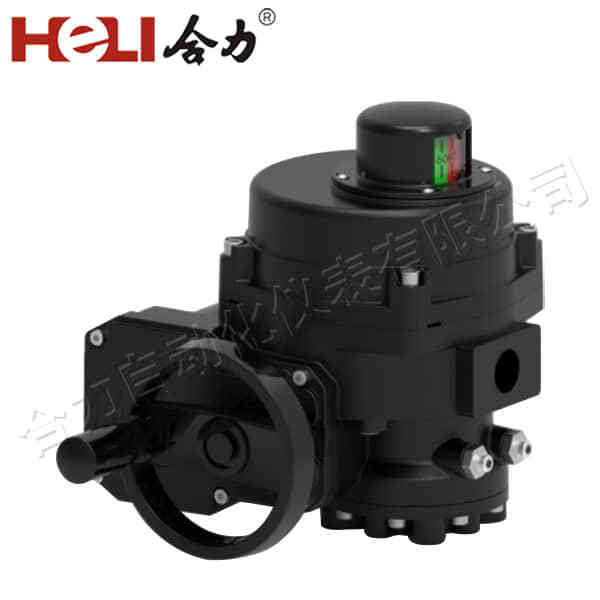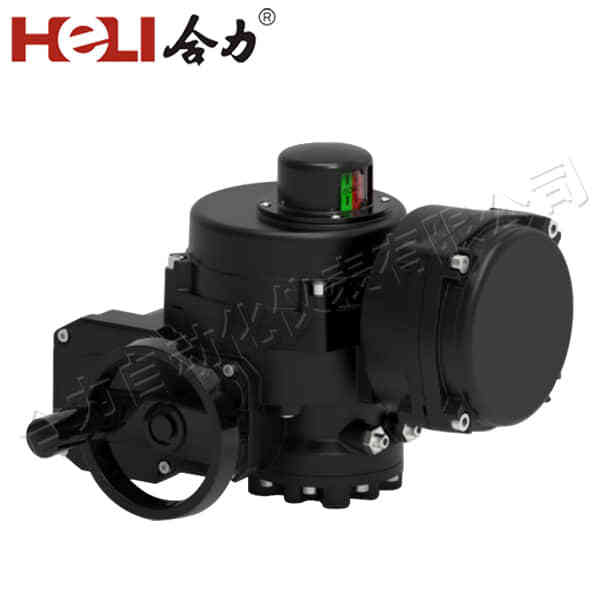Electric actuator valves are critical components in modern automation systems. They are widely used in various industries, including oil and gas, water treatment, chemical processing, and HVAC, to control the flow of liquids and gases through pipes and ducts. This article explores the functionality, types, advantages, and applications of electric actuator valves, emphasizing their significance in industrial operations.

What is an Electric Actuator Valve?

An electric actuator valve is a device that uses an electric motor to automate the opening and closing of a valve. The actuator is responsible for converting electrical energy into mechanical motion, which in turn operates the valve mechanism. These valves are essential for remotely controlling the flow of fluids, reducing the need for manual intervention and enhancing efficiency. Electric actuator valves consist of two main components: the electric actuator and the valve itself. The actuator is typically mounted on top of the valve body and is powered by electricity, which drives a motor or a gear mechanism to move the valve stem. This movement either opens or closes the valve, depending on the required control.
